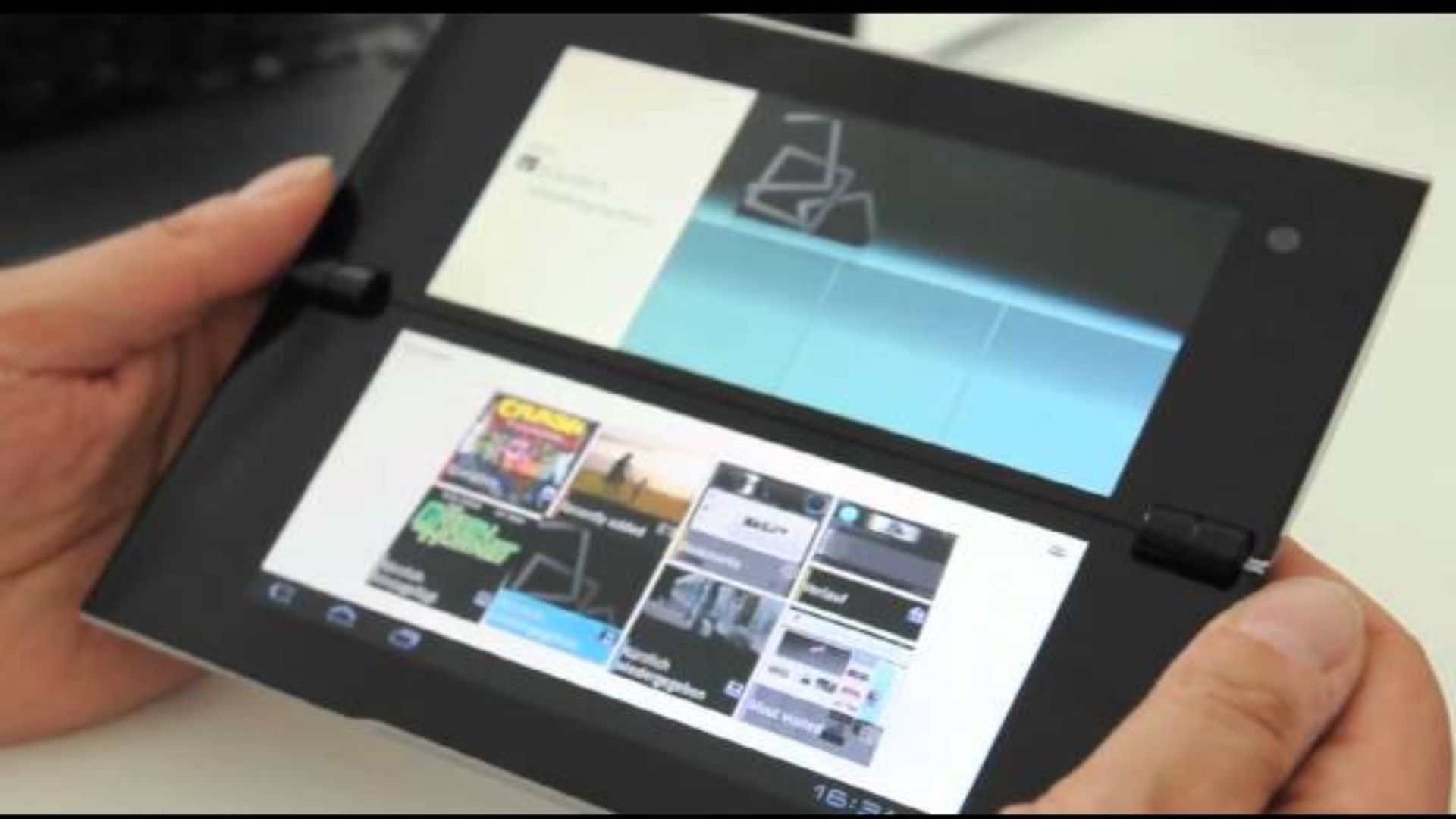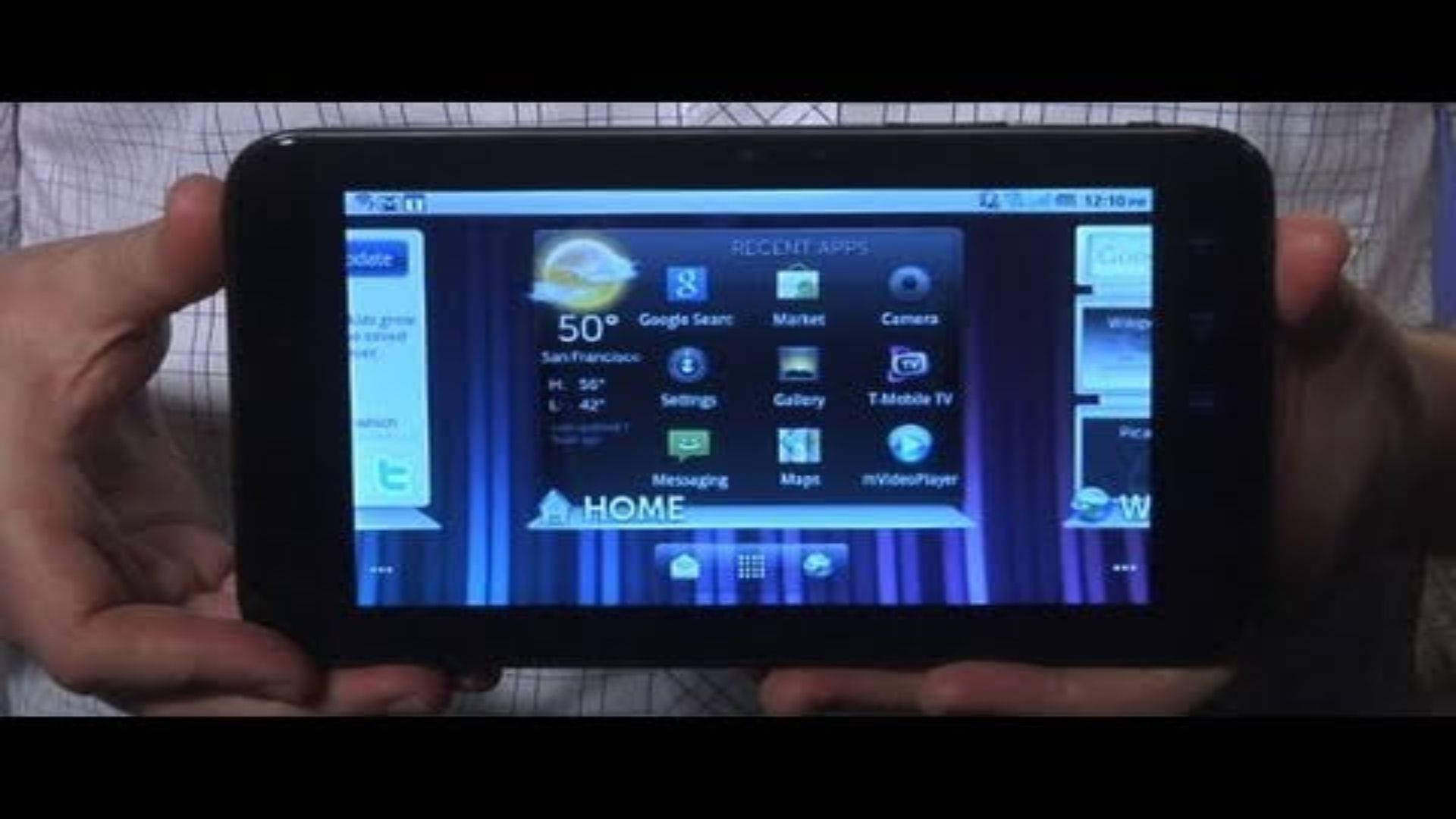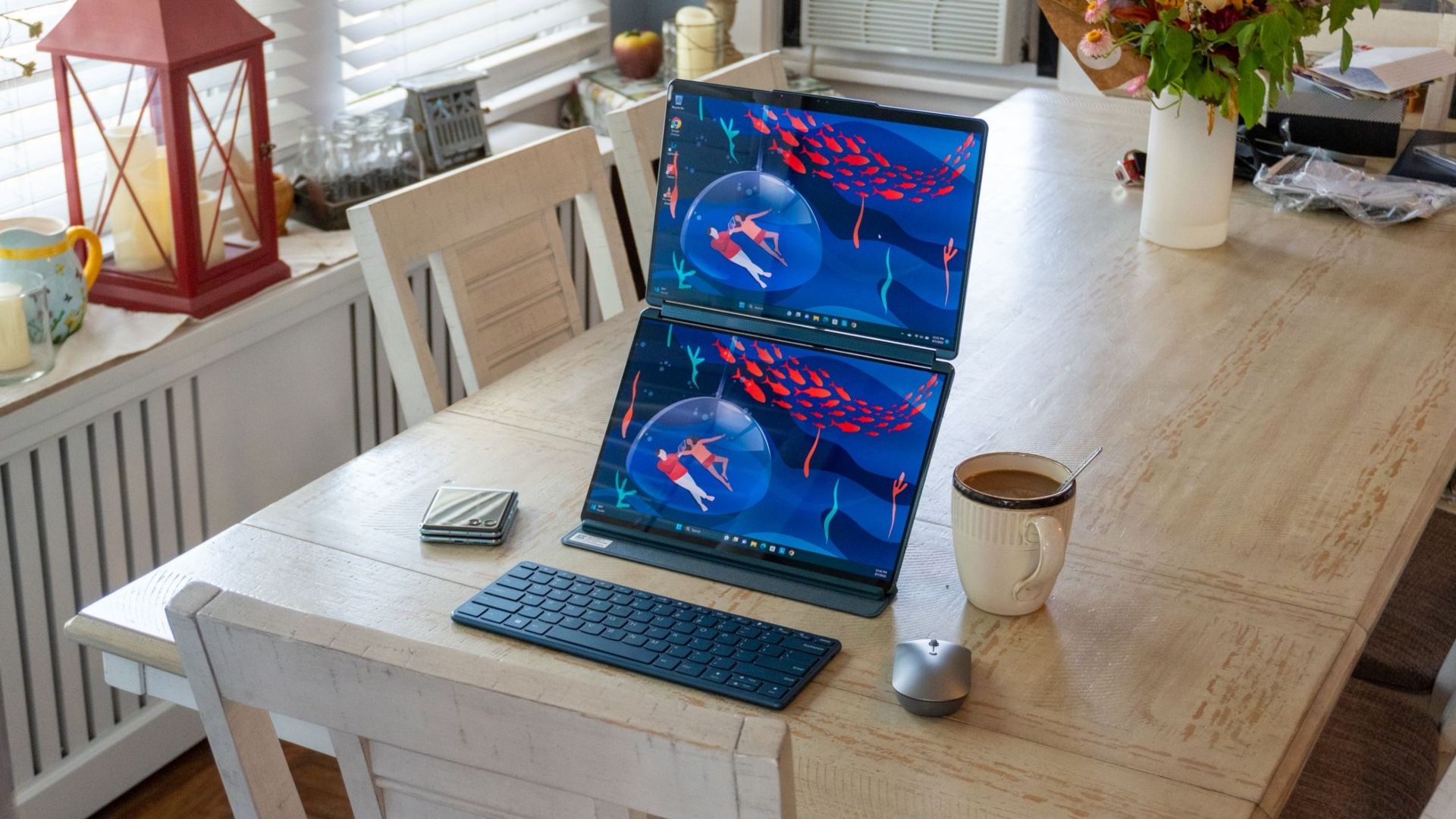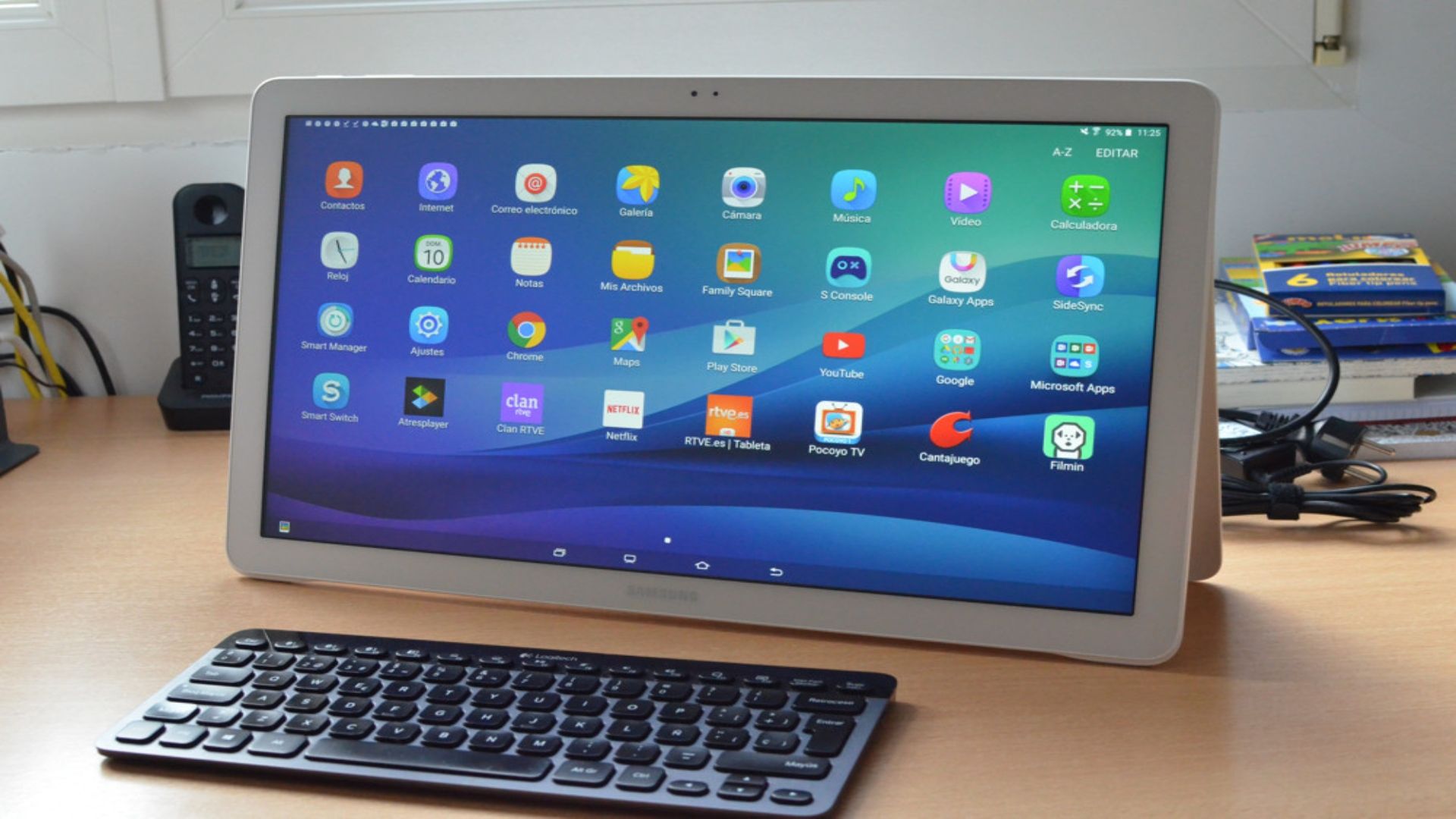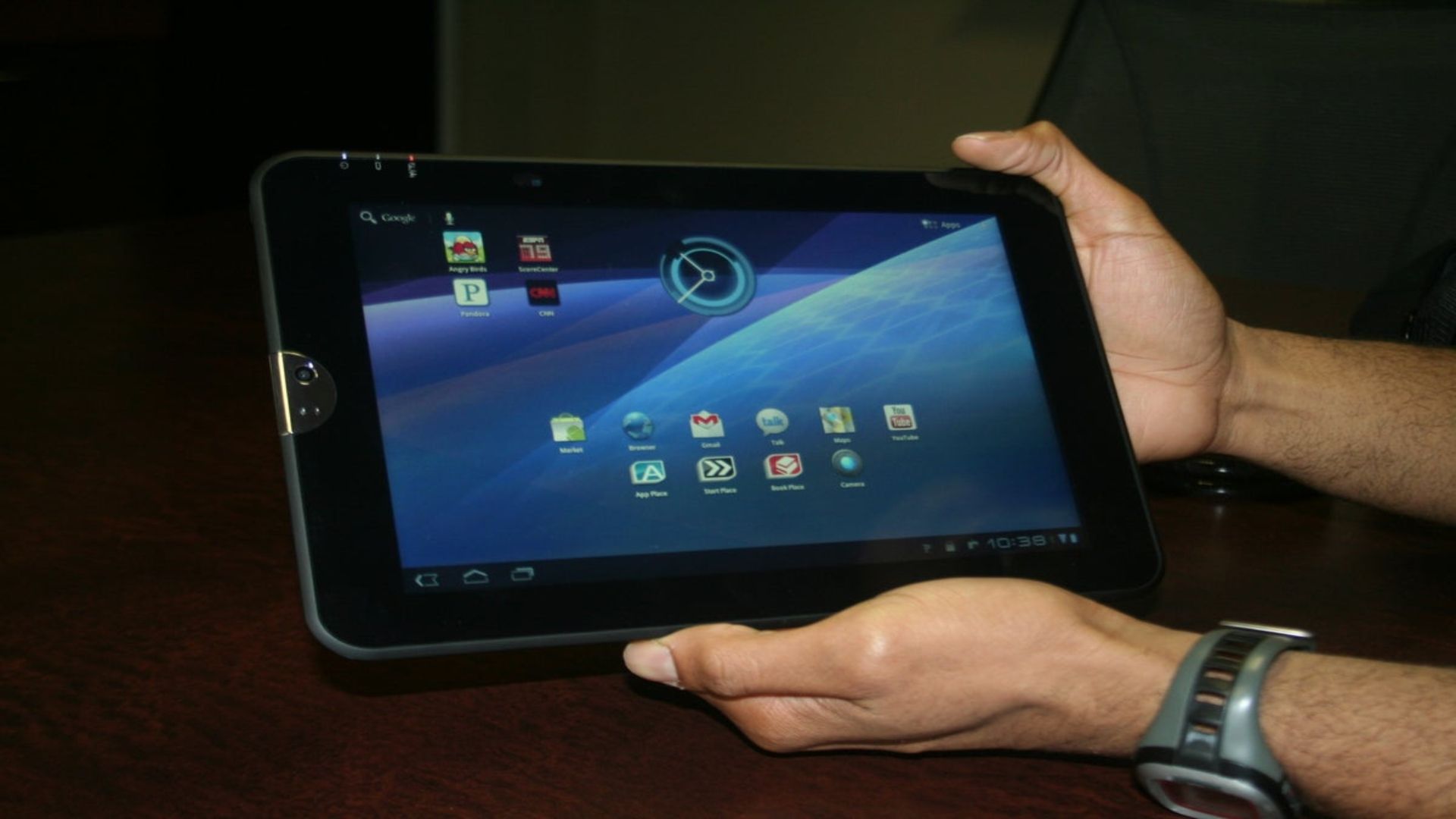Some Android devices are cool; they feature powerful processors, sleek designs, and cutting-edge technology that make you feel like you are holding the future. Then there are their peculiar counterparts, tablets in the Android family that feel half-baked at their best. These underdogs have been trying to steal the show, but despite their brave efforts and years of existence, they still find themselves on the weird side rather than basking in the glory of tablet greatness. From odd shapes to meaningless functions, here are five Android tablets that might have missed the memo on cutting the tablet stardom race.
1 Sony S2 Tablet
One screen is good, but will two function better?
Source: Sony
The Sony S2 Tablet was the rebellious offspring of a Nintendo 3DS and a Kyocera Echo that decided to dance to its beat in the Android tablet symphony. Featuring two 5.5-inch displays, maybe to double your visual pleasure, this 2011 tablet flaunted a Tegra 2 processor and dual cameras. The foldable design effortlessly transformed the device from a compact pocket-sized gadget to a spacious tablet, so you will still experience a dynamic and adaptable user experience with the S2. However, don’t be fooled by its charm; the Android 3.2 operating system insisted on loading mobile sites, playing hard to get with full ones. And for the apps that didn’t get the memo about this tablet’s unique resolution, the tablet clings to them like a security blanket because you may not be looking for a full web experience.
But wait, there’s more — or, well, less. The Sony S2 Tablet wasn’t just about screens and a processor — it was a workout for your hands. The colossal beast adds an element of weightlifting to your tablet experience, for you to flex your muscles when holding it.
While the 10-inch frame was impressive, the battery life did not live up to its predecessors. Not to mention the fast-charging option, since the tablet believes in the slow and steady approach to power. When it comes to serenading your ears, the tablet’s loudspeaker performance can be thought of as below average. As for the camera, it appears that it is ready to capture the wonders of the universe on paper, but in reality, it was more like a struggling community theater production. Indeed, the Sony S2 Tablet redefined normal and makes us question whether there is an end to imagination and innovation.
2 Dell Streak 7
Speed meets its match in a disappearing act of low-res screen
Source: Dell
Armed with the speed of a Tegra 2-powered superhero, the Dell Streak 7 dared to dance with the stars. But fast processors alone do not make a tablet a legend. Its defining feature was the low-resolution 800 x 480-pixel screen, which made you think you are watching your favorite movie through a keyhole. Its 2780 mAh battery life was the stuff of legends, lasting a mere 3 hours and 48 minutes on T-Mobile’s 4G network. Wi-Fi offered a slightly longer marathon at just a few minutes over 4 hours.
Typing on the 2011 Streak 7 was a lesson in patience, with the Swype touchscreen keyboard predicting your next move like a mind-reading magician. This, with the 5 MP low-powered camera, made Dell pull the plug after less than a year. Eventually, it completely stopped selling both Android tablets and phones.
3 Lenovo Yoga Book
Style over substance
Source: Lenovo
In the illustrious lineup of peculiar Android tablets, the Lenovo Yoga Book bears the distinction of being one of the most unusual 2-in-1 hybrids ever. This 2016 tablet couldn’t decide whether to be a tablet or a laptop. Its two halves were attached to a fully rotatable hinge, channeling the spirit of their Yoga series counterparts.
This perplexing piece of tech introduced a form of “multitasking” that involved collapsing a handful of apps into phone-sized, non-adjustable windows. Not to forget the device’s operating system, stuck in the nostalgia of Android 7.0 Nougat. Under the hood, the Yoga Book sported a 2.4GHz Intel Atom X5 processor and 4GB of RAM, which in the tablet world was like trying to win a Formula 1 race on a tricycle.
4 Samsung Galaxy View
Samsung’s portable television
Source: Samsung
A tablet that defies the laws of tablet portability and common sense, the 2015 Samsung Galaxy View was an 18.4-inch tablet that weighed over five pounds. It’s not just big; it is a carry-on suitcase with delusions of being a cutting-edge piece of technology. You should forget the luxury of laying your tablet flat like a civilized device with the Samsung Galaxy View. The tablet has two preferred modes: the regular tent position for tableside glamor shots or the handle-open lap-resting stance when you crave an uncomfortably close encounter with your favorite apps and games.
Even if the Galaxy’s screen was tailored for video consumption, it was both unyielding and stubborn. You couldn’t switch or rearrange icons on the video-focused screen. And with a paltry 2GB of RAM, multitasking was as smooth as a square wheel. Still, Samsung insisted on this being the ultimate streaming tablet, conveniently overlooking that some users might want to do more than binge-watch their favorite shows.
5 Toshiba Thrive 7
Thick and boxy but deceptively light
Source: Toshiba
While other tablets cozy up with friendly designs, the Toshiba Thrive 7 maintains a stiff and rigid demeanor. The rippled rubbery backing, reminiscent of its predecessor, refused to be removed, so you couldn’t access the battery. The 2011 tablet then defied the conventions of sensible camera placement and speedy photo-taking: the 5-megapixel camera was positioned in the middle of one end. Trying to capture moments on the tablet was a finger-twisting spectacle, as holding the tablet horizontally to take a shot inevitably results in a game of peekaboo with your finger.
The tablet was not just about form; it celebrated ports. Toshiba opted for micro-sized ports, making you question why other tablets bothered with full-sized ones. Behind a tiny hatch that required a surgeon’s precision to open, you could find a Micro HDMI out, a Mini USB port, and a Micro SD card slot, all crammed in a tiny space.
6 Android tablets misfits
These Android tablets manifest themselves as logic-defying products of what could only be a desperate desire to stay “current” or “ahead of time.” From the HP Touchpad to the Dell Streak 7, these devices are a testament to the weirdness that makes the tech world unpredictable. So, let’s raise a glass to the rebels, nonconformists, and the downright odd devices.
Source link

